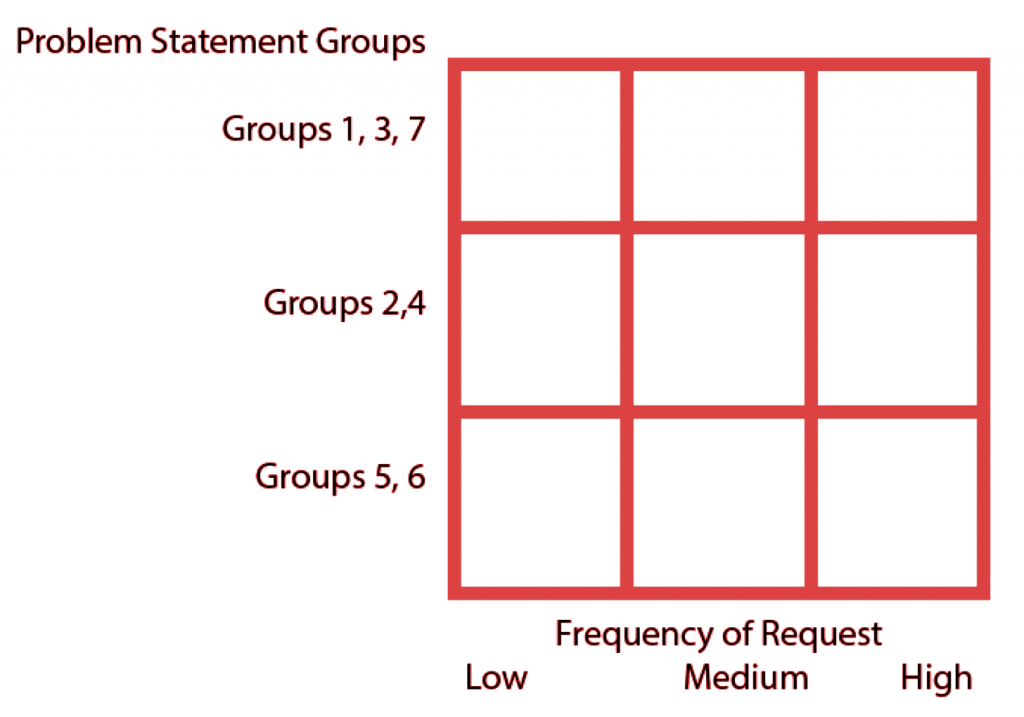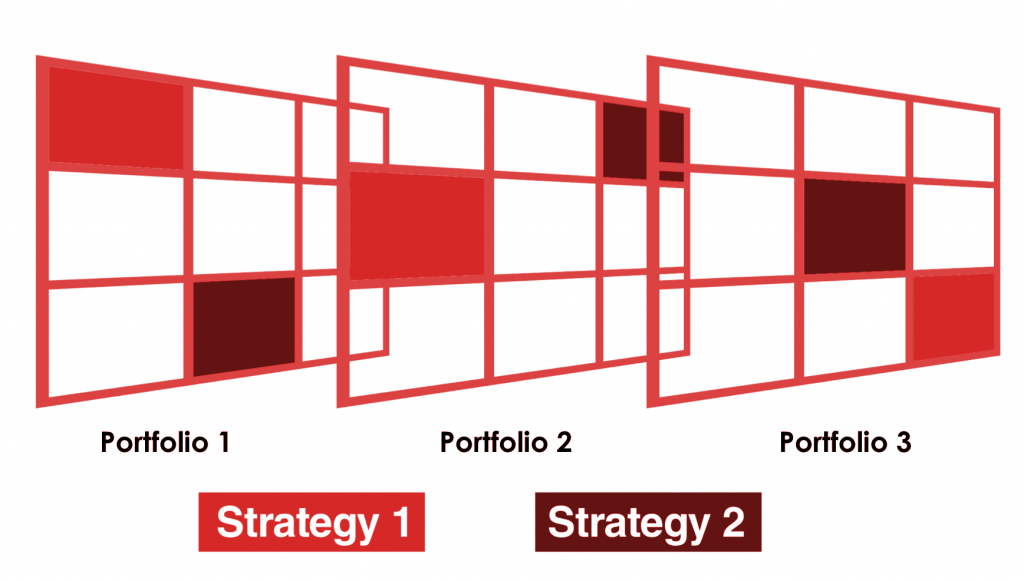User personas and workflows can supercharge business and product analysis.
How? By writing problem statements. Problem statements are the place to start, and grooming a backlog of problem statements is helpful because it brings clarity to what you are doing for users.
User Story vs Problem Statement
- User Story – As a < user >, I want <feature> so that <benefit >.
- Problem Statement – As a <persona> (of <user>) I need to <overcome> <problem>.

User stories are good for developers but not necessarily for product management.
Why?
Starting with user stories often bakes in solutions before the problem is understood.
Focusing on the problem, understanding it, and seeing how problems interact can often a better way of managing your product management. Once you’ve understood the problem then start writing user stories and grouping those into epics.

This means grooming your portfolio of problem statements before grooming the feature backlog in your issue tracker. The value is you can create a release plan that is based upon problems solved for personas.
Sales will love this. They can tell stories about the problems the product is solving rather than meandering descriptions of features.

Portfolio Management of Problem Statements
- Multidimensional portfolios can be created to adopt ideally a portfolio of problems that balances risk, cost , appeal and effort.
- The balancing of the portfolio can then be more clearly connected to the problems being solved rather than the comparatively opaque work packages that are the primary project management tool of engineering departments.
Problem statements work very well with golden paths and personas. The team can visualize who has the problem and what their workflows.

